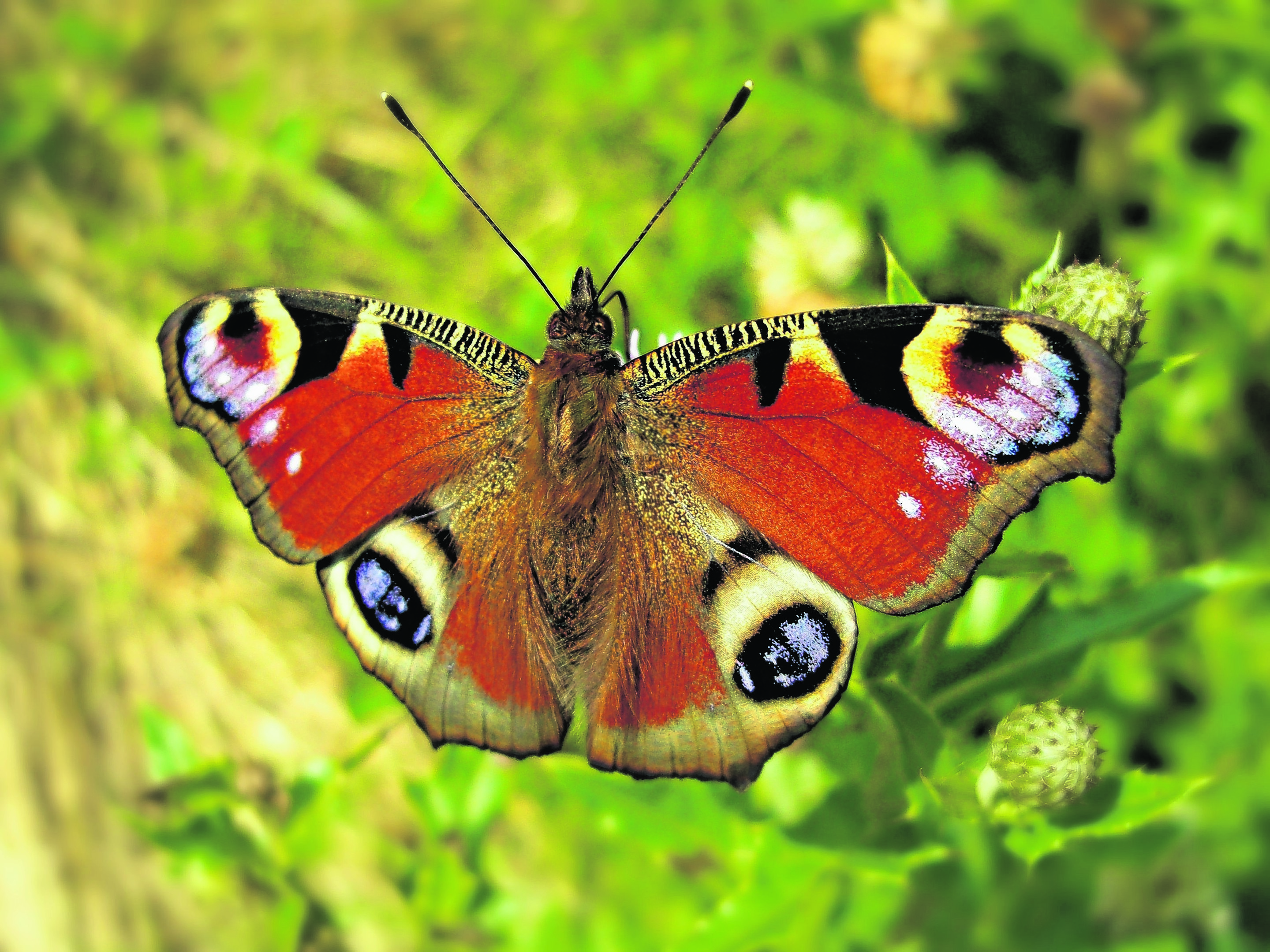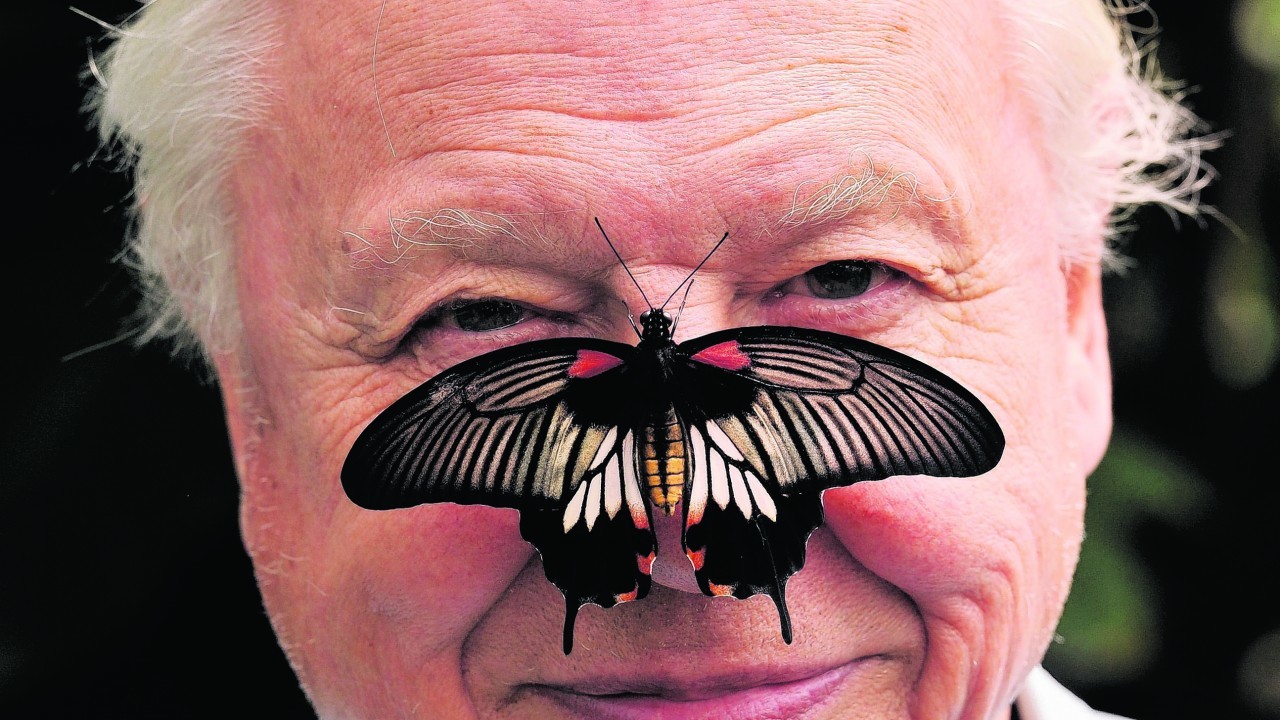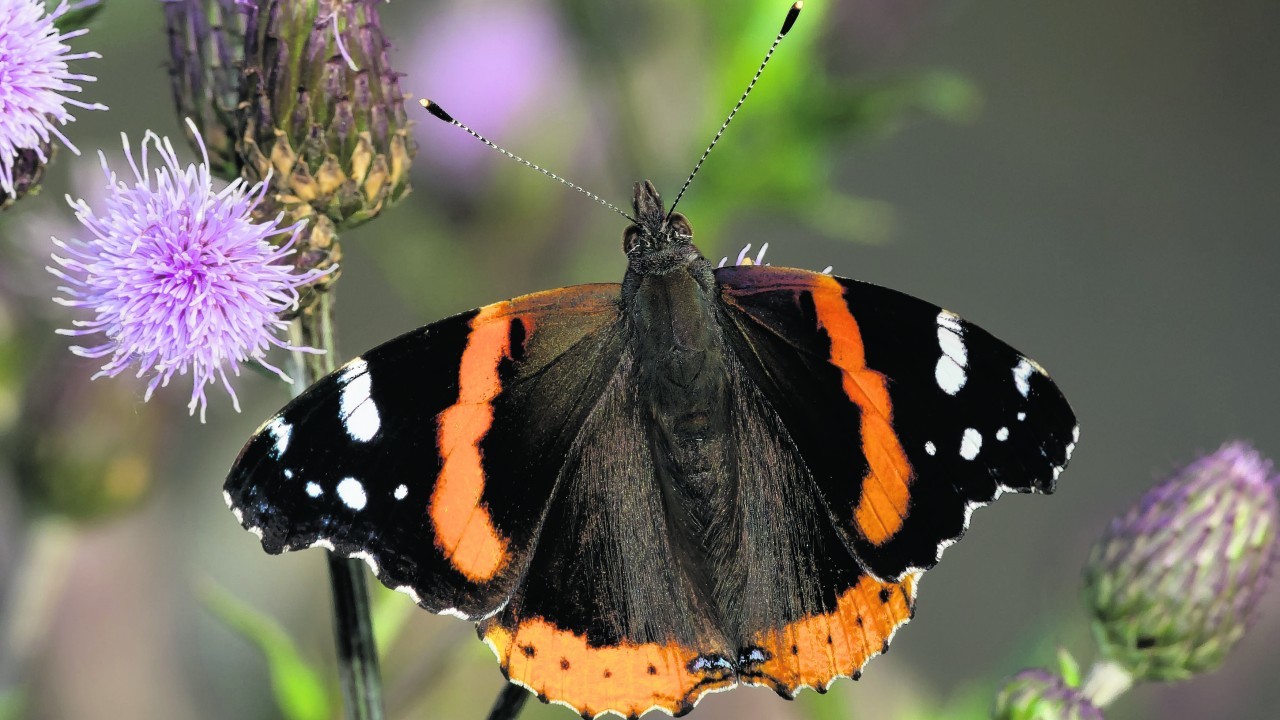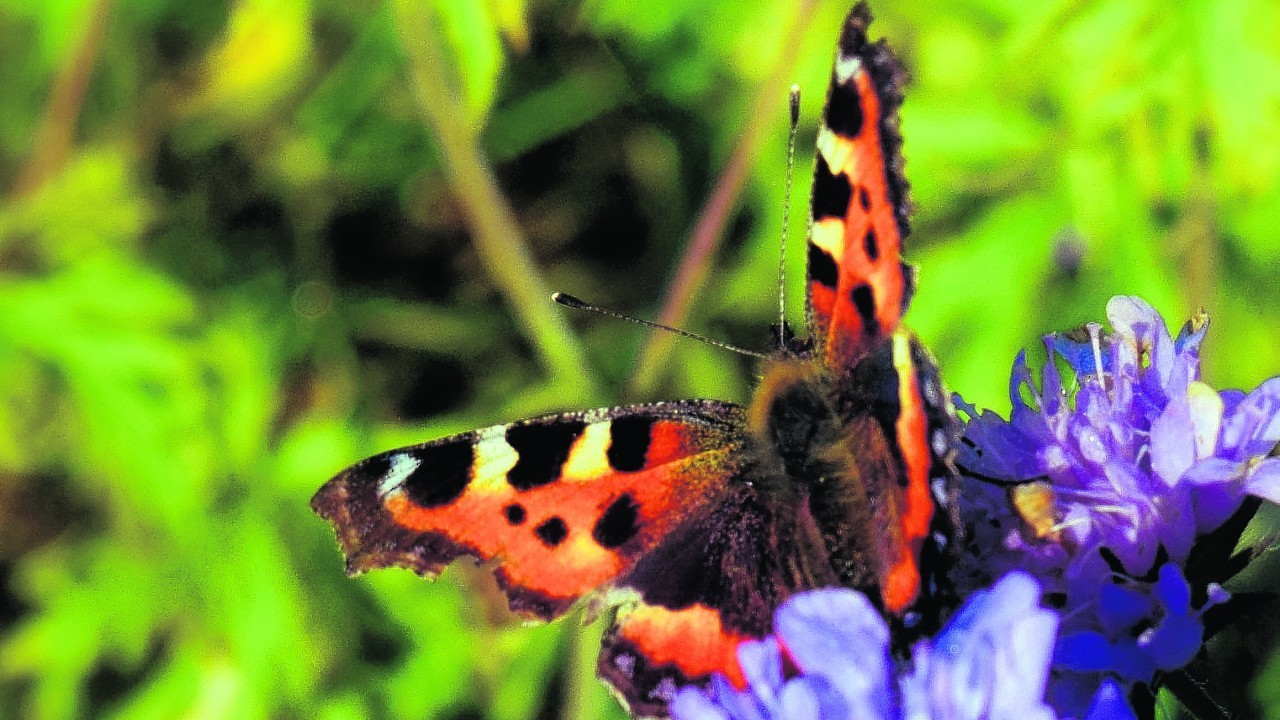If there was an award for the prettiest insect, the butterfly would make a likely winner. But the sad news is, they’re in decline.
Sir David Attenborough, in his capacity as national treasure and Butterfly Conservation President, is calling on the public to take part in the Big Butterfly Count 2015, which is taking place until August 9. Here’s how you can get involved.
OUT FOR THE COUNT
The Big Butterfly Count is the world’s largest butterfly survey, encouraging people to spot and record 18 species of common butterfly and two day-flying moths during three weeks of high summer. “The UK’s butterflies really need your help this summer,” notes Sir David. “Three-quarters are in decline and one-third in danger of extinction. The on going and alarming loss of their habitat is a major and worrying factor in their falling numbers.”
A CALL TO ARMS
To give butterflies a helping hand during the Count, and throughout the rest of the season, Sir David is calling on nature lovers to plant pots in their gardens or window ledges with high levels of nectar, such as catmint, lavender, cranesbill, oregano and echinacea. “By doing this you can provide butterflies, moths and other pollinating insects with a lifeline of food and shelter,” continues Sir David. Plants like these attract Red Admirals (velvety black, intersected by striking red bands,) Brimstone (yellow to whitish green,) Green-veined Whites and other widespread species, providing food for butterflies, moths, bees and other pollinating insects.
CREATE A HAVEN
While it might be fun to head off to the park or countryside, you don’t need to leave the comfort of your own home if you don’t want to. According to the experts at Butterfly Conservation, gardens act as important stepping stones between nature reserves and other natural habitats by providing abundant supplies of nectar. Tips include finding sunny, sheltered spots when planting a wide variety of nectar plants, providing flowers right through the butterfly season (spring flowers are vital for butterflies coming out of hibernation, and autumn flowers help butterflies build up reserves for winter), and not using insecticides and pesticides.
CHART RANKINGS
Around 45,000 people took part in last year’s Big Butterfly Count, spotting almost 560,000 butterflies. The Peacock (red wings with black markings and distinctive eyespots) was the most abundant Count butterfly, but the Small Tortoiseshell (bright orange and black) proved it was continuing its fight back after years of decline. This butterfly, whose population has plummeted by 78% since the seventies, saw numbers rise by almost a quarter, compared to the summer of 2013, making it the fourth most commonly seen Big Butterfly Count species – its highest ever ranking.
GET READY TO COUNT
First, you’re going to need to arm yourself with an identification chart, which you can download from the website www.bigbutterflycount.org, or via the app in order to identify and record the butterflies you see. Find a sunny spot and spend 15 minutes counting every butterfly that flies by. Nature lovers are also being asked to look out for Painted Lady butterflies (orange-brown wings with black and white spots on forewing) – they are currently experiencing their largest immigration to the UK since 2009 when millions arrived from the continent.
SAY WHAT YOU SEE
Once you’re done, you’ll need to submit your sightings online at www.bigbutterflycount.org. The results of the survey will help the wildlife charity Butterfly Conservation find out how our common butterfly species are faring and how best to protect them in the future. Attenborough says: “It’s up to every single one of us to make sure the spectacle of mid-summer butterflies remains a much-anticipated highlight of the season, rather than becoming a long-mourned memory.”



